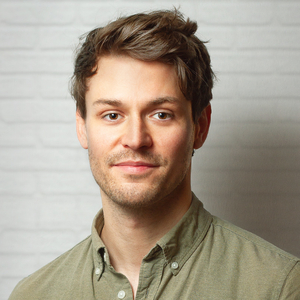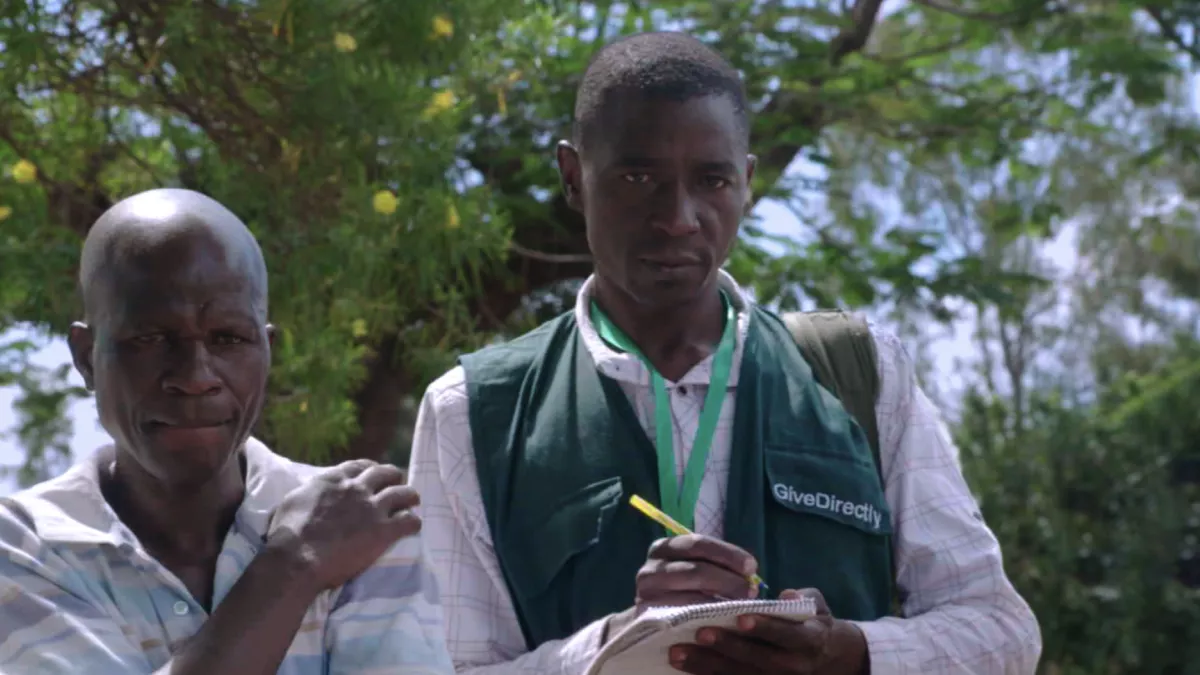Even though we began our pilot project to compensate for the weaknesses of previous research projects on basic income, one thing is clear: not only our study is needed, but also approaches the research from a variety of perspectives so that the discussion around basic income can become more grounded.
We recently shared some of the international research projects that also examine the effect of basic income. However, a project that's been been creating a stir in Kenya has especially caught our attention. In this article, we'll explain why, how the project differs from the pilot project, and where the similarities lie.
Project overview
The US-based NGO GiveDirectly has been providing an unconditional sum of money to the residents of 195 Kenyan villages since 2016. The project will continue until 2028 and will reach around 23,000 people, making it the world's largest and longest study of the effects of an universal basic income.
Similarities
Film
Unfortunately, most scientific studies don't offer much insight that's accessible to the general public. On the one hand, this is because doing so might distort the results, and on the other hand, research subjects often provide few points of reference for the general public. In the end, the results are usually published in a research paper and may get at least some attention.
Fortunately, the situation is different when it comes to a universal basic income. Many people are interested in research on new social security concepts because it could fundamentally change their own lives.
That’s why when filmmakers Sam Soko and Lauren de Fillipo heard about the Kenyan basic income experiment, they immediately knew that they wanted to film it. In their documentary Free Money, they offer insights into the lives of the project's participants and how the payments, which are received directly to their mobile phones, impact them.
The film also doesn't shy away from asking critical questions, such as whether it is morally reprehensible for a Western organisation to use Kenya as a test subject and to intervene so heavily in a local ecosystem that extends beyond the village borders.
However, the film has so far only been shown at German film festivals and is currently only available online in other countries. You can get a first impression from the trailer:
But what does this have to do with our basic income pilot project? In fact, it was also filmed throughout the entire duration of the project—from its inception to its final stages. You can find out where and when these impressions will be shown by subscribing to our newsletter.
That said, since Free Money only captures the first five years of the twelve-year project, a sequel has been planned. Director Soko announced in an interview that he plans to broaden the perspective and consider basic income on a more global level.
Donation-based
The history of basic income research shows that government involvement repeatedly hindered new insights. For example, numerous projects have been terminated prematurely after a change in government leadership, and research projects have been unnecessarily curtailed.
This makes it all the more important to secure independent financing, especially for long-term projects. Just like our study, GiveDirectly relies on donations.
Unlike our basic income pilot project, which is financed only by donations from 210,000 individuals, the GiveDirectly project also receives support from tech companies. However, these companies are not meant to influence the research design.
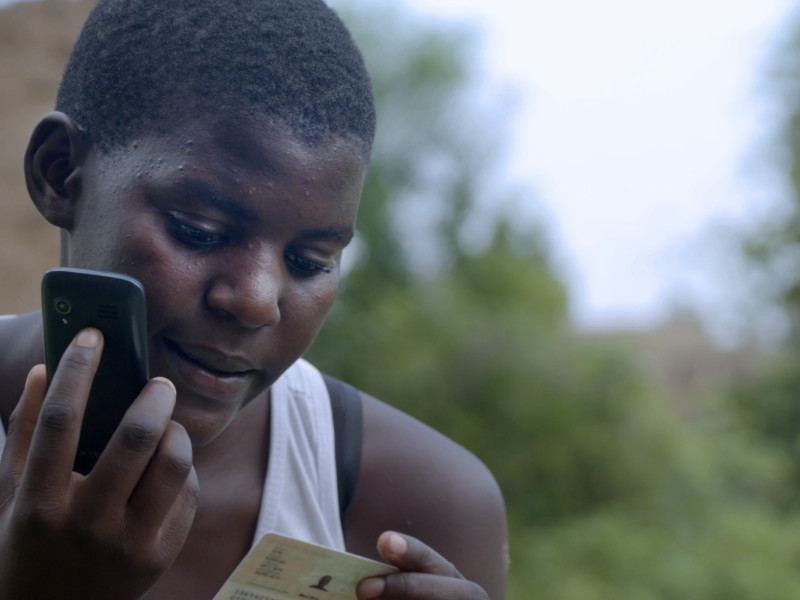
Time limitation
There is no way around it: almost all research projects on the universal basic income have to deal with a significant obstacle. They aim to explore a world in which people are financially secure throughout their lives. However, since budgets and time are limited, these projects can only approximate this ideal scenario. This means that every study eventually comes to an end, along with the period during which payments are made.
Our pilot project ends in June after three years. GiveDirectly has set its project at 12 years. GiveDirectly has even set its project to last 12 years. But despite this ambitious duration, it is clear that participants are already factoring the project's conclusion into their plans. For example, the local project manager in the documentary Free Money notes that many participants have expressed the goal of improving their own situation by the time the project ends.
Whether this issue has also influenced the results of our pilot project is something we will have to determine. However, it is important to note that the socio-economic context in Kenya is, of course, entirely different.
Differences
Primary goal: Reducing extreme poverty vs. open-ended outcomes
Unlike our pilot project, GiveDirectly is specifically designed to reduce extreme poverty. Co-founder Michael Faye repeatedly compares their work to that of traditional aid organizations. He argues that these organizations have a dubious reputation in Kenya—and rightly so—because they have taken a paternalistic approach, attempting to decide what local people in need actually require.
Faye believes that simply giving people money and allowing them to decide how to spend it for themselves is a far superior approach to eradicating extreme poverty. Although this is a research project on basic income that also examines non-economic effects, all of these aspects are secondary to the primary goal of poverty reduction.
Collective vs. individual effects
In Europe, various attempts have been made to convince politicians of the necessity of a state-initiated, locally limited basic income trial through referendums. So far, none of these initiatives have been successful.
The Kenyan project now makes such a trial possible: by selecting entire villages, researchers can study not only the individual effects of a basic income but also collective ones. Does the demography change? What happens to the infrastructure? Does it impact the crime rate?
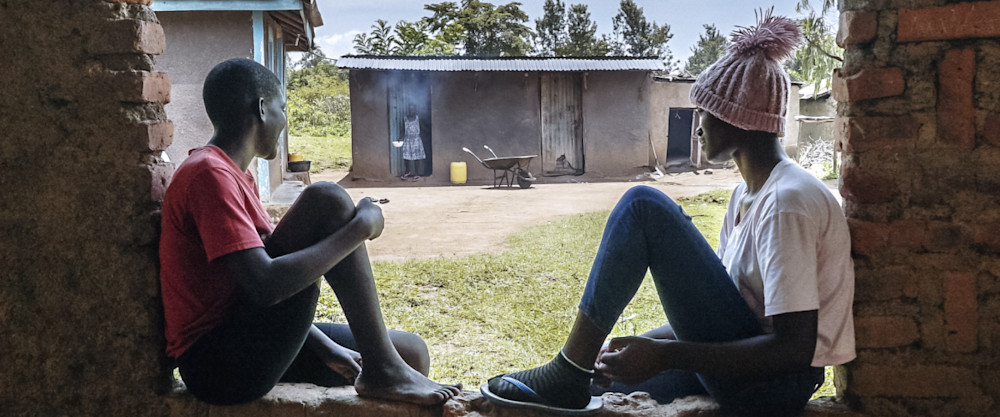
Unfortunately, our pilot project for a basic income in Germany—where individuals, rather than entire communities, receive a basic income—does not allow for the study of such collective effects. However, it is also worth noting that this approach remains controversial, as social and economic systems do not end at village borders. A basic income does not circulate in a closed system, making it more challenging to study.
Interim results
Another major difference is evident: in contrast to the pilot project, the Kenyan basic income experiment has already published its first interim results—and they are very interesting.
To properly categorise these findings, we must first note that the study consists of four groups:
Group 1: 5,000 people receive $22.50 every month for 12 years
Group 2: 8,800 people receive $22.50 every month for 2 years
Group 3: 8,800 people receive a lump sum of $500 at the start
Group 4: 11,000 people receive no money (control group)
All groups that received money performed better on development indicators than the control group: they were healthier and suffered less from hunger. They did not become lazy, and they spent their money relatively productively—on better nutrition and education. Notably, there was no inflation, as the increased demand was distributed across new products.
A particularly significant difference emerged between the group that received a lump sum and those who received a monthly basic income. Group 3 was far better off financially: they earned more, started more businesses, and spent more on education.
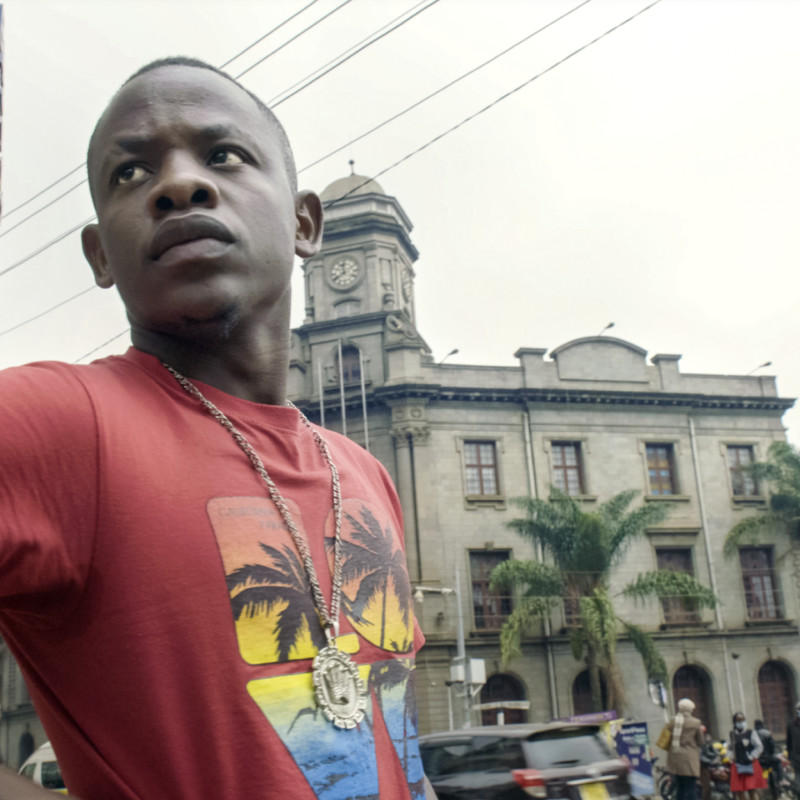
This can be attributed to the fact that having a larger initial sum allowed them to invest it immediately—without first needing to save.
Interestingly, Group 1 found a way to access larger sums of money as well. They formed private savings groups in which all participants contributed funds, allowing each member to withdraw a larger sum in turn for significant investments. This technique is relatively common in developing countries.
However, the monthly payments had one major advantage: recipients were found to be happier, more relaxed, and reported better mental health. Experts suspect this is due to the stability that regular payments provide. A large lump sum, while offering many possibilities, also comes with the pressure of investing it wisely.
Basic income research remains a collective effort
The comparison between the Kenyan basic income experiment and our German pilot project illustrates how complex and multi-layered basic income research is. At first glance, projects aiming to generate new and scientifically sound insights into basic income may appear quite similar. However, upon closer examination, there are countless ways to design these studies.
Ultimately, though, research on basic income remains a collective effort. Different approaches inform and enrich one another, gradually building a well-founded knowledge base. This, in turn, helps decision-makers objectively assess the social potential of basic income.
